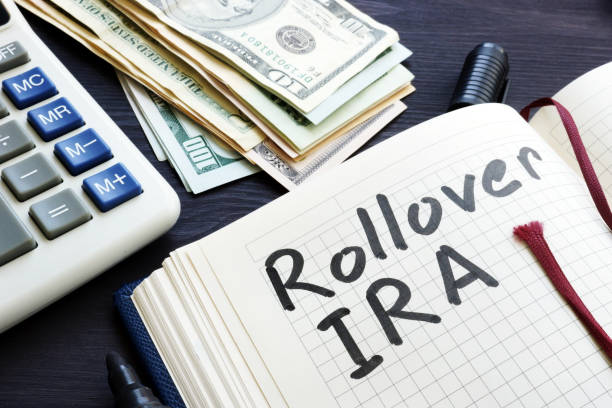It is always recommended, we sit back at times, and take stock of our budget, finance and where our money sits and draws dust. We change bank accounts for better efficiency, we change cars when the old one is not longer reliable, and too, we need to look at our finances and make some decisions. Old IRA or 401(k) accounts may not be earning, or present a risk, or you just want the best deal you can find. Your answer, for now, may be in your TSP. With old IRA’s sitting around, a larger TSP balance will earn more based on a larger mass of cash. So, it makes sense, but many federal employees are not aware that you can transfer / rollover, these old IRA accounts into the TSP.
Certain accounts are compatible:
- TSP
- IRA
- 403(b)
- 401(k)
- ESOP
- MEP
- 457(b)
Monies in these accounts can boost your TSP considerably, allowing easier management and return.
You can move money from an eligible retirement plan to your Thrift Savings Plan (TSP) account in two ways:
- Direct rollover
The TSP will accept all or part of a distribution directly from the plan, such as an employer-sponsored retirement plan. This type of rollover can’t be done indirectly.
- Indirect rollover
You receive a distribution from your plan and deposit it into your TSP within 60 days. Be careful, as the prior administrator may withhold taxes, which then removes the deferred tax status, and you will pay taxes on the amount withdrawn. Inquire if you can pull 100% without withholding. As an example, if you were to move your TSP to another account, you do not have 60 days, as TSP will always hold 20% for IRS and more if you have a state tax.
Another consideration is risk. Measure if you are at greater risk from the IRA to TSP or if the reverse were better for you, meaning, from TSP to an IRA account. This is not possible until you are either no longer employed by the federal government or have reached 59 1//2 age.
Your options are endless. Into TSP, from TSP into an IRA or 401(k)? If you leave the government for private employer, you can transfer the TSP into the 401(k), if the administrator will allow, or into a bank CD, brokerage or an annuity that serves your purposes.


